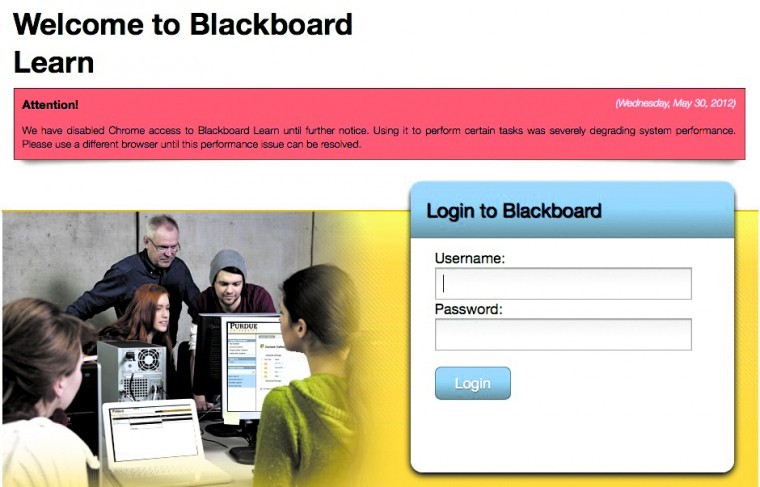What are the login requirements for Blackboard Learn?
Select Header Row. Right-click the first row of the table and select Table Properties. Select Row and Repeat as header row at the top of each page. Select OK. If 'Repeat as header row at the top of each page' isn't selected, table headers are ignored when exporting as a PDF and won't be read by screen readers.
What are the minimum required headers for creating institutional hierarchy courses?
Open the document, add headings, and upload the updated file to your course. Select How to add headings for step-by-step guidance on how to do this. Always choose "Heading 1" for level 1 headings, "Heading 2" for section headings, "Heading 3" for subsection headings, etc. "Normal" is used for paragraphs.
What does the header FrontPage_IND mean?
SIS Feed File Headers and Object Types. For your reference, the following sections represent a complete list of feed files used in SIS integration along with their headers and object types. All dates should be in the format of either yyyyMMdd or MM/dd/yyyy. Valid boolean values include 1/Y/Yes/true or 0/N/No/false.

What is a snapshot flat file?
The Snapshot Flat File provides the ability to integrate using the latest LEARN data objects. Below is a comprehensive list of the supported objects, their UI to Feed Header naming conventions, usage description, and data requirements.
Is a term always accessible?
Continuous: The Term is always accessible. Range: The Term is valid in the days between one START_DATE and END_DATE. Either the beginning date or the end date can be left open-ended to make a Term valid from a certain date or until a certain date. Fixed: The Term is valid for a set number of days (DAYS_OF_USE).
What is the function of grade center?
One of the most useful functions of the Grade Center is the Column Organization function , since it not only organizes columns, but does much more. Let's run through what can be done there.
Can you hide columns in Grade Center?
If there are columns that you do not need to see in the Grade Center, you can hide them. This does not delete them, but they are removed from view. Note that this is not the same as the Show this Column to Students option; the option to hide columns affects only what you see in the Grade Center.
Popular Posts:
- 1. what can my professor see on blackboard while i am taking the exam?
- 2. blackboard assignment migration to next semester
- 3. export email list from blackboard class
- 4. link blackboard and pearson
- 5. negative color on blackboard cuny
- 6. register for cuny blackboard
- 7. blackboard merging two exams
- 8. what is blackboard virtual classroom
- 9. how to download respondus lockdown browser for blackboard uta
- 10. blackboard make grade center